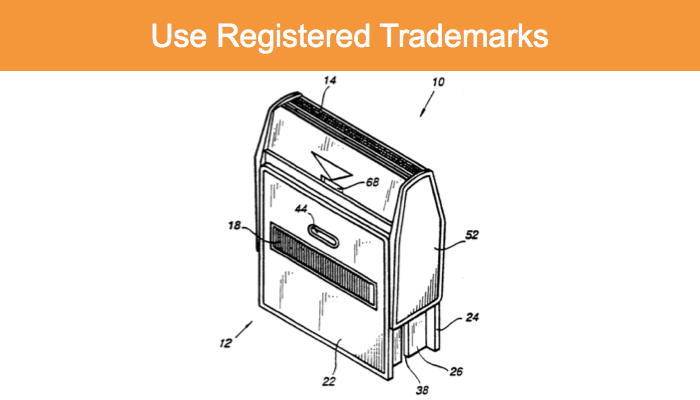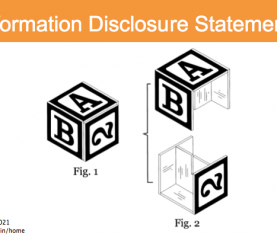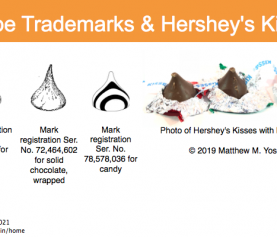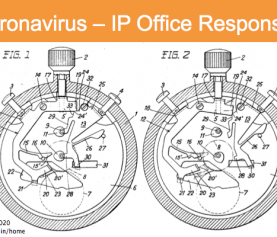Use a Registered Trademark – A How-To Guide
You have a registered trademark – well done. But your work isn’t over. Now, you have to do several things to keep your trademark registration alive, and you must avoid a few other things. Your trademark registration can last forever, if you use a registered trademark properly, maintain it, and prevent it from being misused.
Do this to use a registered trademark
Use the trademark on the goods or services
You must use a registered trademark directly on the goods for which you registered the mark, and/or on the packaging it comes in. For a servicemark – a mark for services, rather than goods – it is acceptable to use the mark in advertising or offering the services. For a trademark – a mark for goods – it is not enough to use the mark only in advertising. (Of course, you have the mark in use in commerce, and you know of the benefits of trademark registration.)
Use the ® symbol
You must use the ® symbol with a registered mark. Doing so tells everyone that you’ve registered your mark for goods or services (or both) that are being sold or offered for sale, and that you – the trademark registrant – are the source of those goods or services. You don’t have to use ® every single time you use the mark, but you should use ® in any prominent location (such as the top of a document or webpage, or imprinted on a product) and use it the first time (or more) that you use the mark in any text. After that, you can use it occasionally throughout the rest of the text. If you registered the mark for more than one class of goods or services, be sure that you’re using it appropriately with regard to each class (more at my blog post on classes).
Use ® properly
When you use a registered trademark, put the ® symbol to the right of the mark, and typically in a superscript position: you’d search on the Google® search engine, not at the Altavista® website (also, you can’t, because Yahoo® bought Altavista and later ended it). Similarly, if you were asserting your rights in an unregistered trademark or servicemark, you should put TM or SM in a superscript position, such as GOODS™ or SERVICESSM.
Use your mark properly and consistently
You should capitalize your mark consistently: capitalize it at the start, such as Kleenex® or Craftsman®; in the middle of a word, such as eBay® or iPhone®; entirely, such as DEWALT®; or in other arrangements of capitals, such as Chick-fil-A®, LongHorn Steakhouse®, or CYber SYtes. Use your mark as an adjective, not a noun or a verb: you should talk about using a Xerox® photocopier, not using a Xerox or making a xerox. (For a fun look at how to encourage people to use your mark properly, watch this video by the VELCRO® Brand Companies.) And, use the word “brand” to clarify that your mark is identifying a brand, such as Moleskine® brand paper products or Scotch® brand adhesive tape.
Don’t use a registered trademark like this
There are a few things you should not do with your registered mark. If you have an unregistered, or common law trademark, these items can serve as guidelines to help you build rights in your trademark (read more at my blog post on common law trademarks).
Don’t use your mark as a verb or a noun – it is an adjective
Use a registered trademark (or an unregistered mark) as an adjective. You want to describe your company or yourself as the source of the goods or services. Using the mark as an adjective helps to cement that impression in everyone’s minds. Don’t use your mark as a verb or as a noun. For instance, don’t talk about “xeroxing” anything, or “making a xerox.” Instead, use your mark along the lines of “Xerox® photocopiers.”
Don’t make a mark plural or possessive
Use your mark as an adjective, and not as a noun that you could make into a plural. For instance, you might want to wear your “Nike® running shoes” – but Nike, Inc. would not want you to talk about “wearing your Nikes.” Likewise, if you use “DEWALT® power tools,” Black & Decker Inc. (which owns the brand) would be happy to have you talk about them to your friends, but the company wouldn’t want you to say you’re using “your DeWalt’s power tools.”
Don’t let your mark become generic
Use a registered trademark consistently, and defend it, so that your mark does not become generic. Many former marks have now become words or phrases that generically describe a type of thing. This is “genericide.” Unfortunately for the former owners of the marks, it is extremely difficult or impossible to return a phrase to being a mark after it becomes generic. For the previous owners of “zipper” (B. F. Goodrich, for “slide fasteners”), “thermos” (the Thermos Company, for “vacuum flasks”), and “escalator” (the Otis Elevator Company, for “moving staircase”), those can be costly losses.
As a trademark registrant, you must be vigilant about use of your registered mark by others – both companies and individuals. You must monitor uses of the mark, and address deliberate misuse. You may want to periodically remind the public that your mark is not a generic term for a type of good or service, but is a brand name associated with you. For instance, there’s the Velcro Brand Companies’ video, and advertisements from the companies that make Kleenex®, Frigidaire®, CLOROX®, GORE-TEX®, Rollerblade®, and TABASCO® products, among others. You can see these ads reproduced in an article in The Atlantic.
Curiously, while the article mocks companies that are reminding the public how to use and not use their registered trademarks, the company that publishes The Atlantic owns several registered trademarks, including The Atlantic, THEATLANTIC.COM, ATLANTIC MONTHLY, and THE ATLANTIC WIRE, and a pending application for THE ATLANTIC (viewable at the USPTO’s database).
Have questions about how to use a registered trademark?
Wondering why I chose the image at the start of this post? It’s from US patent 5,152,223, for a self-inking rubber stamp. Registering a trademark is not as simple as using a self-inking rubber stamp. And, using a registered mark and maintaining it are not as easy as a rubber stamp, either. Now that you have registered a trademark – or more than one – you probably have questions about how to defend and use a registered trademark (and watch out for trademark scammers). Call me at 617-340-9295, or email me at my Contact Me page. Or, find me on Facebook, Twitter, Google+, LinkedIn, Google Local, or Avvo.






